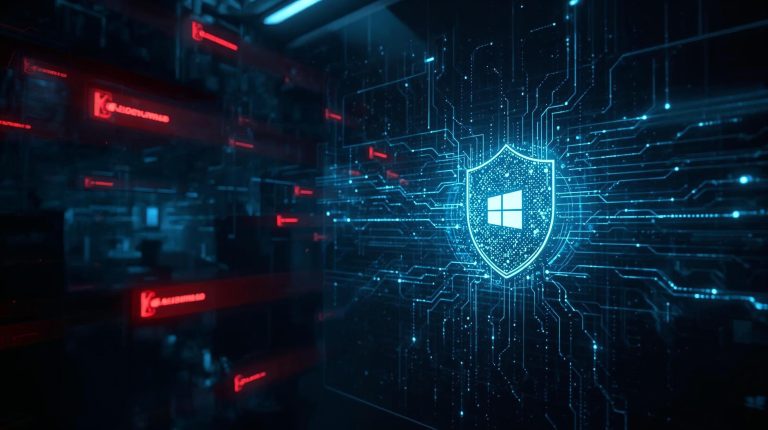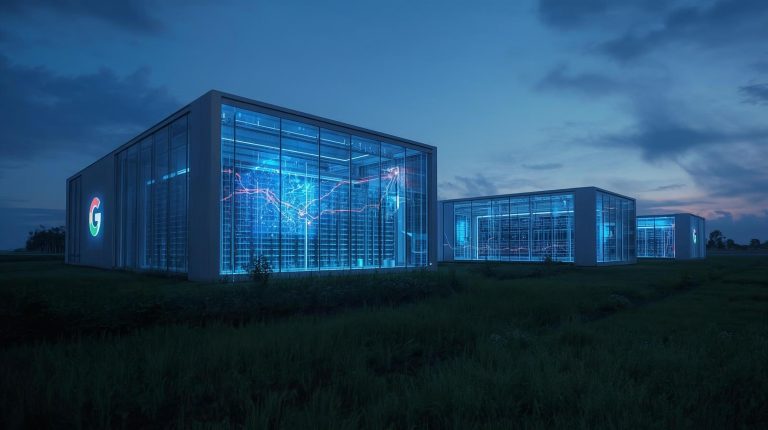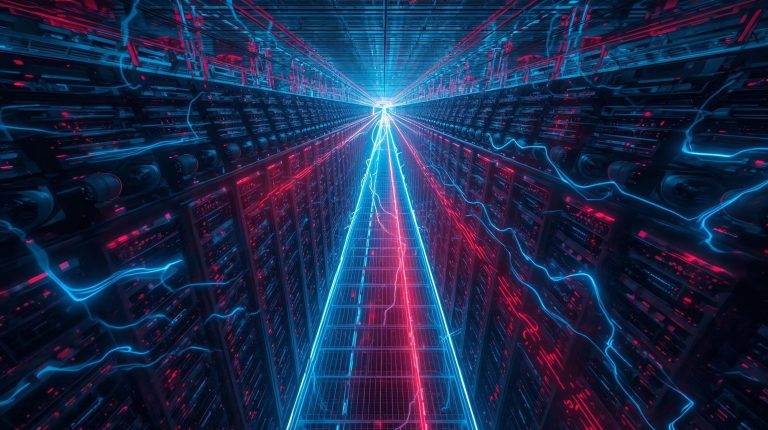
As AI takes on more responsibilities, workforce reductions reveal a shifting balance between people and algorithms.
AI workforce replacement is no longer a distant scenario. It is an active management strategy taking shape inside boardrooms, tech labs, and budgeting spreadsheets, and it is forcing a very public debate about efficiency, equity, and what the future of work will value most.
Three in ten companies plan to replace employees with artificial intelligence next year. That single figure, drawn from a recent ResumeBuilder survey, captures a shift that has moved from rumor to roadmap.
The Quiet Normalization of Digital Labor
Just a few years ago, AI conversations were about assistance. Chatbots that saved time. Models that improved accuracy.
Now the vocabulary has changed. “Assistance” is turning into “automation.” Many organizations no longer ask how to use AI but rather where to place it instead of human labor.
In manufacturing, customer service, and even creative jobs, AI is moving from tool to teammate, and sometimes from teammate to replacement.
Executives point to productivity gains. Algorithms never sleep, do not demand raises, and can analyze terabytes of data faster than any analyst.
In hiring forecasts, CFOs see cost savings; in technical roadmaps, CIOs see precision. Yet every new adoption brings a question usually whispered, not spoken: at what cost to the people being replaced?
How the Replacement Cycle Works
AI workforce replacement happens in layers, not leaps. It begins with integrating automation tools into repetitive tasks, such as data entry, transcription, and content tagging.
Then, systems trained on those outputs begin generating original material: code snippets, design drafts, customer replies. Once the algorithm proves capable enough, an assessment follows: can the role now be automated completely?
This progression mirrors the industrial revolutions of the past, though today’s disruption occurs at digital speed. In prior eras, machines replaced physical labor; now they replicate cognitive skills.
That turns every knowledge worker into a potential subject of automation.
Lawyers use AI for contract drafting. Marketing teams rely on AI for copywriting. Software engineers debug code through AI copilots.
Where creativity, empathy, or strategic judgment once defined “human-only” territory, the boundaries are blurring.
Why It Matters Now
Economic timing plays a major role. After two years of high operational costs and volatile markets, executives see AI as a form of insurance against uncertainty.
The shift is pragmatic rather than ideological. Boards are chasing efficiency ratios, not revolutions. But this cost-driven logic risks oversimplifying how technology actually transforms an organization.
An algorithm is not a plug-and-play replacement. Each system still needs oversight, maintenance, and, more importantly, moral direction.
Labor economists warn that these short-term gains may carry long-term costs. Entire departments risk being thinned faster than workers can reskill.
Governments and educators now face pressure to redesign training pipelines around collaboration with AI, not competition against it. The challenge lies not only in deploying AI but in rebalancing the social contract that work itself depends on.
The Human Equation
Amid corporate restructuring, a countertrend is emerging. Some businesses find that removing people entirely backfires. Automated customer support often frustrates users.
Creative teams relying solely on machine outputs see brand authenticity weaken. The lesson appears cyclical: automation removes noise, but humans add meaning.
The best results tend to arise in hybrid environments where humans guide and interpret what AI systems produce.
In practical terms, this means tomorrow’s jobs may not disappear but divide. Roles will shift from execution toward evaluation, design, and interpretation. People who can shape AI into useful, ethical, and transparent processes will be needed more than ever. Yet that transition will favor those who adapt early, widening gaps across education and income levels if no systemic guardrails appear.
The Bigger Picture
The conversation around AI workforce replacement reveals something larger than automation; it surfaces how society defines value.
Is productivity the only currency, or do creativity and judgment still matter in an economy led by algorithms?
Companies chasing short-term savings may discover that trust, culture, and adaptability are harder to automate than anyone expected.
The workforce of 2025 will not be a battle between man and machine, but a delicate negotiation between speed and sense. Progress will depend on balance: using AI to remove friction without erasing humanity.
What happens next may determine more than job numbers. It may decide what kind of intelligence, artificial or human, shapes the meaning of work itself.














